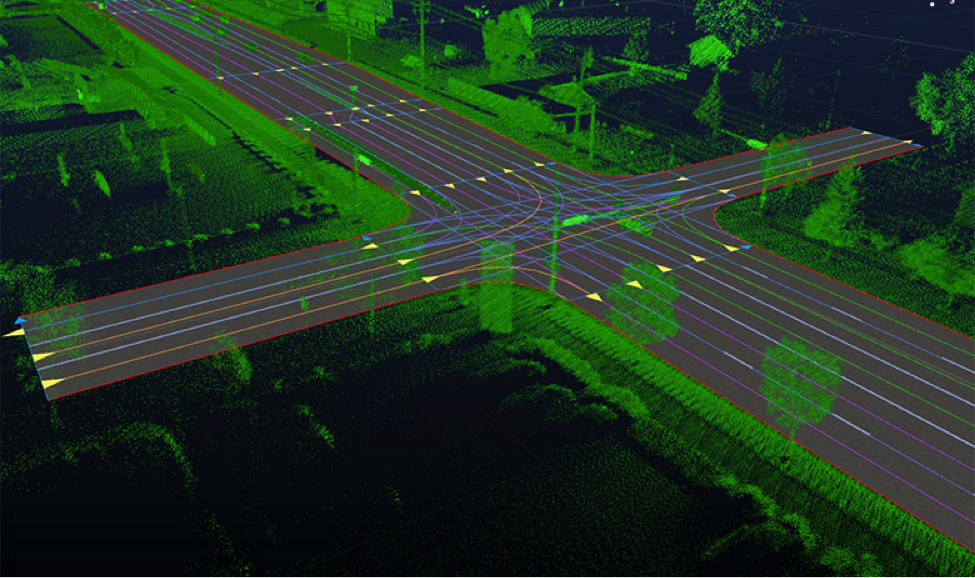Why Uber Wants Here
The ride-on-demand service Uber is reportedly in the running to acquire Here, Nokia’s mapping service.

Uber possibly just wants to lessen its dependence on Google Maps, which it currently uses to show the location and movements of cars and passengers through its app. But Uber’s bid for Here may also reflect how ambitious the company is about eventually getting into automated driving. Or at least how concerned it is not to be left standing when the first automated cars do arrive.
It isn’t hard to see how self-driving cars might be corralled and used to offer an uber-efficient Uber-like car service. So it would be wise for Uber to make sure it has a stake in the technology required.
A highly accurate map remains one of the most important resources for a self-driving cars (see “Driverless Cars Are Further Away Than You Think”). Nokia has poured significant resources into mapping streets with Here, using cars fitted with cameras and lidar similar to the tools Google uses for its mapping and automated-driving projects. The kind of live traffic information offered by Here would also be highly valuable to a company like Uber, enabling better coördination of thousands of vehicles across a city.
The relevance of maps to automated driving probably explains why the German carmakers BMW, Audi, and Daimler (together with Baidu) are also bidding for Here. Nokia, in fact, worked with Mercedes (which is owned by Daimler) on one of its prototype automated vehicles.
Earlier this year Uber also announced that it would fund a new center at Carnegie Mellon University that will focus on researching “mapping and vehicle safety and autonomy technology.” CMU has a strong track record in developing automated vehicles, including winning DARPA’s Urban Challenge in 2007. Several of the researchers involved with that team have since gone off to work on Google’s self-driving cars.
I recently visited several carmakers and automotive experts in Silicon Valley, and I was struck by how seriously they are all taking services like Uber, as well as by how much they expect driving will change over the next decade. A lot of people seem to think driving car-sharing, ride-sharing, and (eventually) autonomy will become increasingly important, especially as more people move into dense urban areas.
Chris Gerdes, a professor of mechanical engineering at Stanford University, who specializes in automotive engineering, told me that he thinks Uber has really woken people up to this coming transformation. “Look at the phenomenal growth of Uber in San Francisco,” Gerdes said, “it’s not just a substitute for the taxi industry; it’s a substitute for other forms of mobility, for having your own vehicle. I think there’s going to be a big change.”
Gerdes said he expected carmakers would need to respond, too: “If I was going to come up with a new car design, I’d probably be thinking, ‘Well, what’s the optimal design for Uber?’”
Keep Reading
Most Popular
Large language models can do jaw-dropping things. But nobody knows exactly why.
And that's a problem. Figuring it out is one of the biggest scientific puzzles of our time and a crucial step towards controlling more powerful future models.
How scientists traced a mysterious covid case back to six toilets
When wastewater surveillance turns into a hunt for a single infected individual, the ethics get tricky.
The problem with plug-in hybrids? Their drivers.
Plug-in hybrids are often sold as a transition to EVs, but new data from Europe shows we’re still underestimating the emissions they produce.
Google DeepMind’s new generative model makes Super Mario–like games from scratch
Genie learns how to control games by watching hours and hours of video. It could help train next-gen robots too.
Stay connected
Get the latest updates from
MIT Technology Review
Discover special offers, top stories, upcoming events, and more.